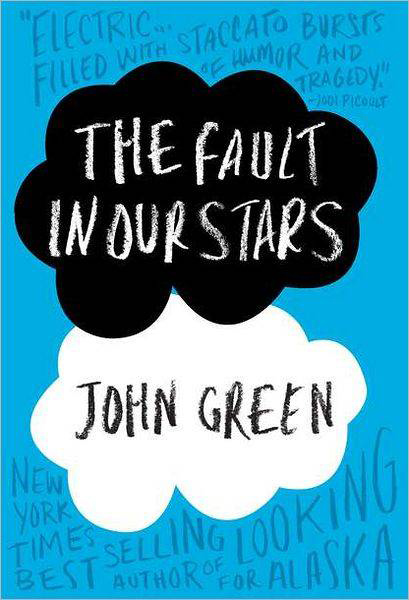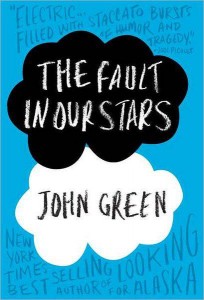

John Green’s “The Fault in Our Stars” is not a book about cancer, but it does tell the story of two young people with cancer. I think that distinction is important.
There’s a stigma around books about cancer. Most of the time it’s not unwarranted; the saccharine Nicholas Sparks approach (small southern town love with the reminder of mortality via the big C near the end) has ensured that most readers with any sense avoid the emotionally-charged subject altogether.
However, “The Fault in Our Stars,” titled after a fate-contemplating line in Shakespeare’s “Julius Caesar,” is not a book about cancer. The novel follows Hazel Lancaster, a 16-year-old girl with both thyroid and lung cancer, and Augustus Waters, another teenage cancer survivor, as they seek out their favorite author, who has become a recluse in Amsterdam, to discover what really happens at the end of his novel, “An Imperial Affliction.”
Though I can criticize the slightly over-the-top (vaguely unbelievable) wit used in his characters’ dialogue, I find that Green’s writing chops shine through in his observations of the periphery. When describing a twice-mentioned character at Hazel’s cancer support group, he says, “Michael was next. He was 12. He had leukemia. He’d always had leukemia.”
It’s clear that Green understands how to write about tragedy; he doesn’t need to be long-winded and descriptive to capture the devastation experienced by the sick kids he’s writing about. It’s all there.
The book doesn’t dwell on the characters’ diagnoses and instead allows the constant presence of Hazel’s oxygen tank and Augustus’ wooden leg (a result of amputation) to create a realistic balance between life and illness. Thanks to this, we’re drawn to the stories of the characters living with disease and are challenged by questions about fate, strength and what sort of life is worth remembering. It’s not necessarily the story of a death, but the story of a brief but meaningful life.
